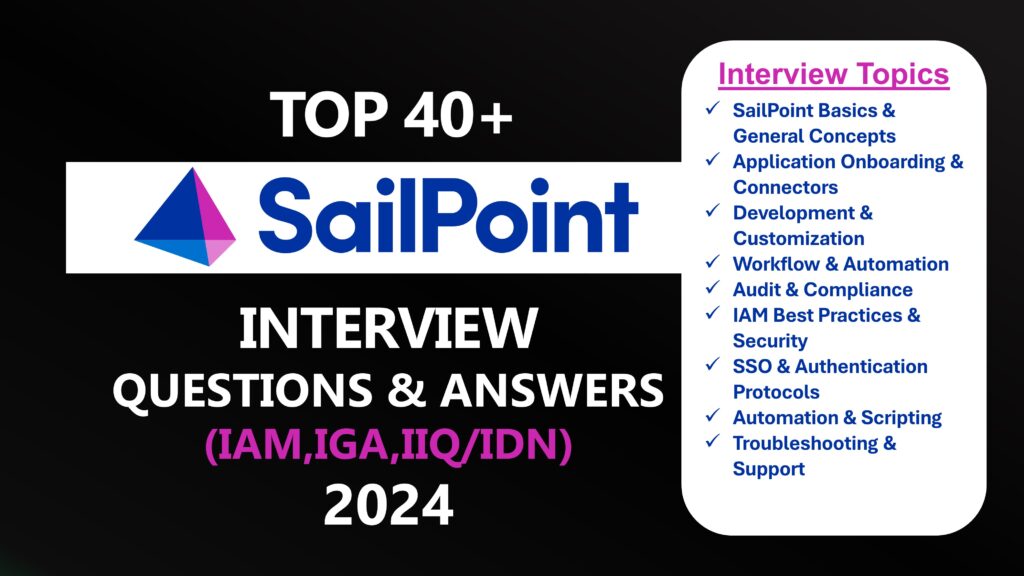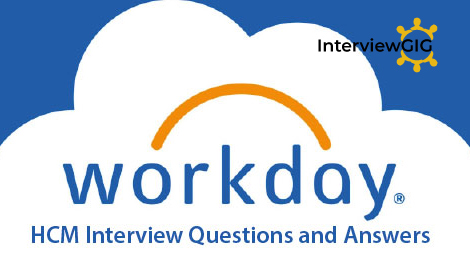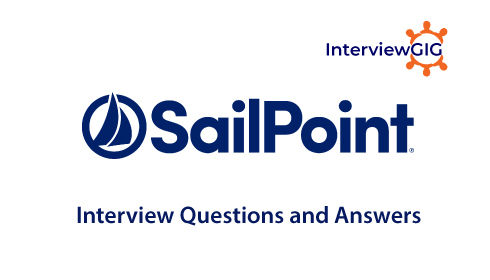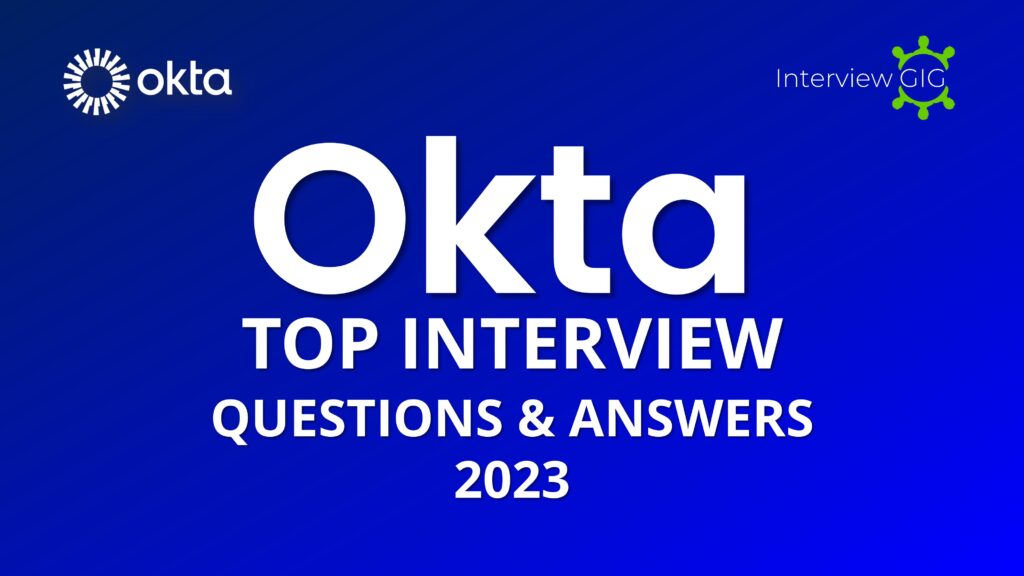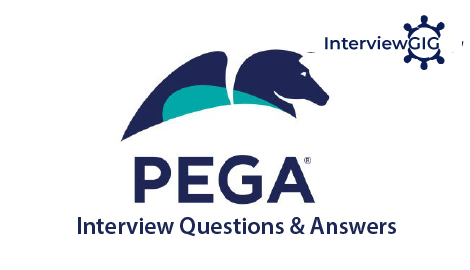What is regulatory region? Usage?
A regulatory region is a region which has laws and regulations that are used by functionality in PeopleSoft HRMS. A lot of transactions are driven by regulatory requirements. These requirements include areas like ethnicity, disability, and health and safety. When driven by Regulatory Region, the regulatory codes, People Code edits, and set processing in the system can vary by country and for each transaction.
What are checklists? Give an example from the delivered checklists. How will you create a checklist of your own?
Checklist is a handout type of a utility for the user that can be referenced to ensure that all the tasks the user has to accomplish are done and noted. Say, a recruiter or HR admin wants to a hire a new joinee in HRMS system, there is a recruitment checklist the user can use. When the user is done with all the data entry, he can refer to this checklist in the system. Checklist has a bunch of tasks like passport and documents verified, bank documents sent, offer pack issued, identity check etc. User can put the status against each task like initiated, completed etc.
This is a way of tracking that all formalities related to hire are completed. Admin can create new checklists also from Setup HRMS -> Common Definitions -> Checklists -> Checklist. If needed new checklist items can also be created from Setup HRMS -> Common Definitions -> Checklists -> Checklist items
What are the different kinds of organizational relationships in HRMS?
Different organization relationships a person can have are: Employee, Contingent worker or Person of Interest as per the person model. Employee is a permanent staff member of the firm who is paid by company payroll and has a hire row in job with all associated information like company, department, location and paygroup etc. Example is a permanent position for a chief executive or sales manager in the firm.
Contingent worker is a contractor in the organization mostly on an assignment. Personal information and job information is stored for a contractor in the system but person is not on the company payroll. Example can be a person from a third party company which is acting as a vendor for the firm to conduct a project for the firm needs. This person is a part of the project and working in the firm till the end of the project.
Person of interest has many flavors. There are various types of POI – Pension payee, external trainee, external instructor or board member. They are members who are connected to the firm due to some business purpose. There are two types of POIs- who have a row in job data and others who do not have. POIs who do not have job information have a separate mechanism in PS to maintain their data security.
What are the different steps in workforce administration in hiring a new employee?
To hire a new employee in workforce admin the HR admin does the following steps:
- Clicks on Add a person under Workforce Administration -> Personal information -> Add a person. Here there is an option to do auto search match if the person doesn’t already exist no match found then user continues to add a person.
- Fills in all the personal information like Name, Address, gender, marital status, birth date, ethnicity etc.
- Then in the org relationship tab checks the employee and clicks on add relationship to navigate to job data for filling in job information. By this time the employee id will be generated.
- In job data user fills in all mandatory information like region, company, business unit, department and location on work location tab. If position management is being used then position has to be filled.
- Then navigates to job information tab to fill in job code, employee class, officer code etc.
- Then navigates to payroll tab to select the appropriate paygroup.
- Then navigates to compensation tab to select the comprate and calculate compensation.
- Then clicks on benefit program link to select the appropriate benefit program and clicks on save after reviewing all the information.
Explain the concept of effective date and its advantages?
Effective date concept is used in multiple core tables in PS HRMS. For example, in job this is a primary key. Purpose of this field is to differentiate multiple transaction rows for same employee that has happened on two different dates. Effective date is also used in a lot of setup tables for example location. A location is say active as of today but 5 days later if I wish to make it inactive how does the system recognize the current status of location 5 days in future. It will be done by using the most effective dated row for that location.
What are Global assignments? What is Home and Host concept? How is international assignments security implemented?
Global assignments enable the organization to assign employees to a global assignment and to monitor, compensate and track education, qualifications for the employee and dependents as they move to multiple locations in the organization having presence in different geographies.
Employees are based in a Home location. The employee data, benefits and payroll information is maintained at the home location.
The new location where the employee moves is the Host location.
PeopleSoft delivers three options for International Security:
- Home can see Host
- Host can see Home
- Both
International Security can be setup by navigating to: Setup HRMS -> Security -> Core Row Level Security -> Security Installation Settings
When you access an HCM component, say, Job Data, certain values like business unit, company etc are defaulted. What governs this concept?
Values like business unit, company, country get defaulted by virtue of the user’s primary permission list. These default values are associated with SetIDs on the Business Unit Options Default page.
Using the tableset controls and business unit default options, the system determines the default values to enter in select fields on the component. So, when a user accesses a component that uses business unit defaults and selects a business unit, the system determines the setID which drives the defaults for the business unit on the Tableset Control –Record group page.
When do we use the concept of effective sequence?
Effective sequence concept is used in some key tables like Job. Job table has high volume of employee transaction data. There are multiple types of transactions and they are all action driven. It is very likely in a business scenario that employee has same type of transaction more than once in the same day. For example: Employee can have a data change action happening on the same day more than once. In such a situation, for the same employment instance, we now have more than one row with the same effective date. In order to uniquely store this second transaction, we need another primary key which is where effective sequence comes into play. Hence Job table has a primary key structure: Employee id, employee record number, effective date and effective sequence.
What are the possible HR business transactions that can follow post termination action row for an employee in job data?
A termination action can be followed by a data change action row or a rehire row. DTA action row would be added if some correction needs to happen to the data of the employee who is terminated and you don’t want to update the current row then you can add a new DTA row. Rehire action is the most logical one to follow a TER action row this will happen when an employee post termination again wishes to join the organization and the organization wants to consider this as a rehire with same employee id and other details.
In which situation will an employee need to have more than one employee instances with an organization?
If there is a person who is a permanent employee with an organization, i.e. organizational relationship is employee and he has to take up a consulting role for a new product launch in another department of the same organization for say, 6 months, then he will be a contingent worker. In this case, he will have two organizational relationships – full time employee and contingent worker for the new product launch.
If an organization does not fit to be position driven then what are the other options in People Soft to setup the hierarchy?
If the organization is not fit to be position driven, then the other options available are:
By Person: In this approach, job codes are used to classify job data into groups. Job codes have one to many relationships with employees, i.e. multiple employees can have the same job code. Jobs to be performed are identified in the organization. Job codes can be shared across departments, locations or companies.
Partial Position: There might be a situation wherein the system has to be driven by both the approaches – by person and by position. In this case, partial position management can be implemented. Driving by position might work for certain departments or executive levels whereas others can be person driven.
What is the purpose of EMPLOYEES table in PS? How is this table populated?
EMPLOYEES table is a current employee information table. This is primarily used in interfacing with third party systems or in business reporting as well in conjunction with EMPLOYMENT which is now a view. EMPLOYEES table is populated by running a delivered process called Employee refers, the job name is PERS099. This process will populate EMPLOYEES table by first truncating the whole table and then re inserting the data. This table will only store information for active employees in the system and it will have only one row corresponding to each employee’s most recent personal and job details.
How is standard hour and FTE auto calculated when entering job details for a new hire?
Standard hour is defined in multiple ways in the system. Under Setup HRMS – Installation table in HRMS options, there is a standard hour rule setup. This is at the system level. Here the admin will define the minimum and maximum hours for the HR system and also the default hours. The second place where the setup can be done is in the jobcode table setup. Under Setup HRMS -> Foundation tables -> Job Attributes -> Job code table. When a user sets up a job code then the standard hours value can be set specific to that job code. When employee job details are being populated based on the jobcode, the standard hours and FTE will get refreshed. Also values like regular/ temporary will get populated.
What are the different options of determining reporting hierarchy in PS as delivered?
To determine the reporting hierarchy for an employee in PS the delivered options are as follows:
- If the organization is position driven and uses full position management then the reporting is based on reports to field.
- If the organization is not position driven then the reporting can be driven based on supervisor id defined in job as one option.
- If the organization is not position driven then the reporting hierarchy can be driven based on the department tree structure as well. Example: In job if the employee is in department X then the line manager will be the manager of that Department X. If the employee happens to be the manager of that department as well, then the line manager will be the manager of the parent department to X in the department tree structure.
What is job family? How is it different from job codes in PS?
To identify a particular job in PS HRMS we use job code. Example: You can have a job code representing Administrative assistant. This jobcode will have a defaulted salary grade and standard hours. A collection of multiple such jobs grouped together which use this job code will make a job family.
How is Geographic location code different from locations?
Location is the core table which is used to define all the office locations of the organization. All locations are tied to a company and setid. Location is also tied to a department. Geographic location is a US federal concept. This is specific to a State –City code. Locality pay area and law enforcement officer special pay area calculations are noted in this setup. Based on the geographic location code setup the locality pay percentages are calculated and used in US payroll process.
When a user logs into PS by virtue of which security attribute does the system default users country, name format and company etc?
When a user logs in PS the system scans through the user profile to see the associated primary permission list. There is a setup called org defaults by permission list. Setup HRMS -> Foundation tables -> Organization -> Org Defaults by Permission list.
For every permission list following field defaults are set here: Business unit, Setid, Company, Country, Regulatory region, Currency and name format.
In which scenarios can a person hold multiple jobs?
A person can have multiple jobs when:
- More than one active contingent worker or employment instance exists
- A substantive job and an additional assignment exists when the substantive job is not suspended
A person will not have multiple jobs when:
- Has a contingent worker instance and an employment instance
- A substantive job and a temporary job when the substantive job is suspended
In which situation can a person’s HR status be inactive and still the payroll being run? Vice versa?
If the employee has an action of termination with pay then the payroll will still run however the HR status will be inactive. If employee has an action of Leave of absence then HR status will be active but payroll will not be run since employee is on leave.
How is Last Hire Date different than the Hire Date?
Last hire date is the date a person is hired or rehired in the organization. Hire date is the date associated with a hire action job row. For example, if a person is hired on 1st May 2010 first time in the company and then terminated on 1st May 2011. Hire date and last hire date both will be 1st May 2010. Let’s say now the person is rehired on 5th May 2011 then the hire date will still remain as 1st May 2010 but the last hire date will now be 5th May 2011.
Can POI have a job record?
Yes POI can have a job record. There are two types of POI- one is with job and other is without job. For example, a board member holding stocks can be added as a POI with a job record.

